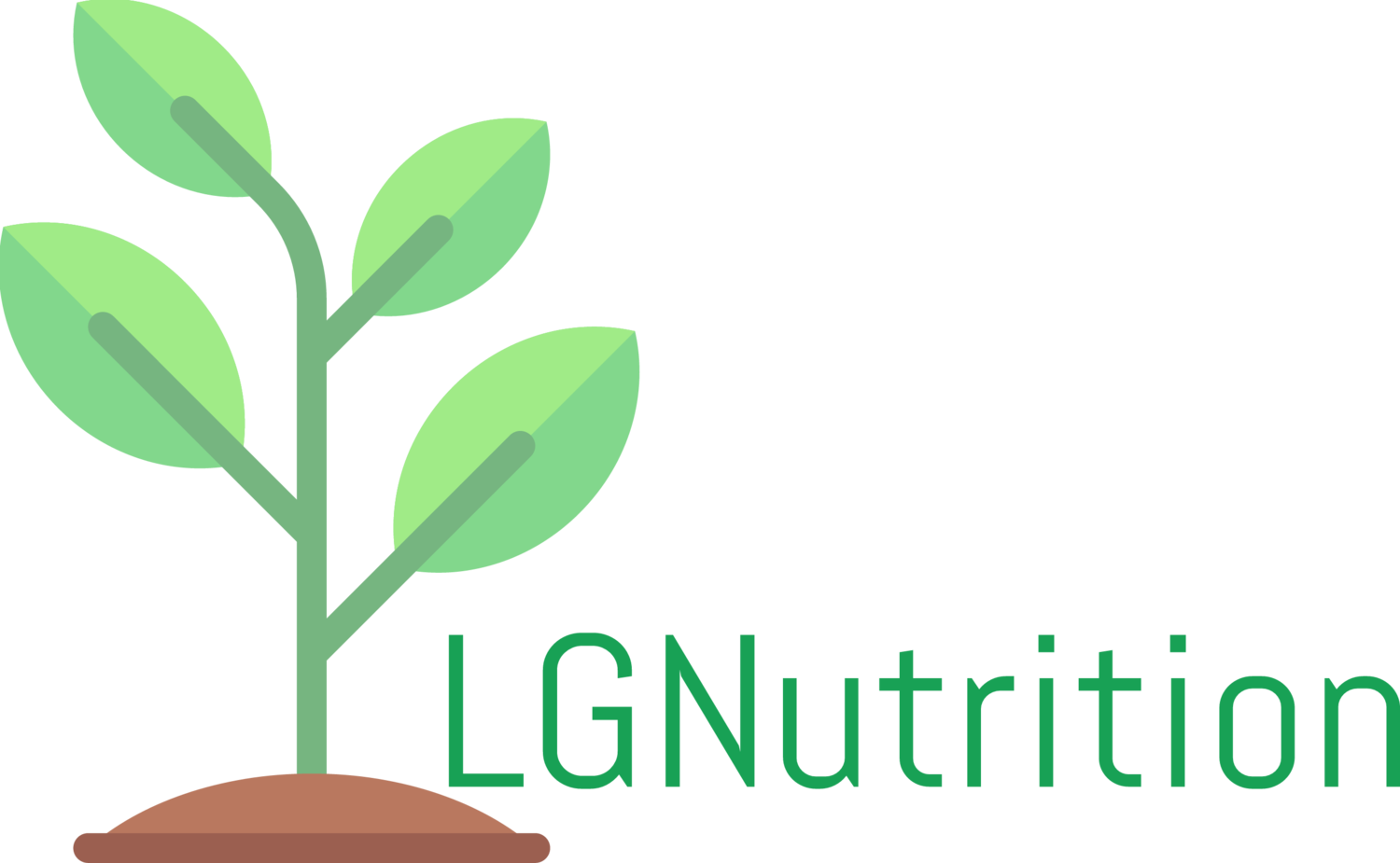Lactose intolerance is not an all or nothing condition. There are different degrees of lactose intolerance. There are also different types of lactose intolerance. The two most common types of lactose intolerance are:
- Primary lactose intolerance - deficiency of lactase enzyme that generally develops over time. Certain populations including Asians and African Americans have higher rates of lactose intolerance than other groups.
- Secondary lactose intolerance - reduced production of lactase enzyme caused by another condition that damages the small intestine, including celiac disease, small intestinal bacterial overgrowth (SIBO), and IBD. After the gut heals, production of lactase enzyme may return.
For those with either type of lactose intolerance, they may find they are still able to tolerate some dairy products. For example, hard aged cheeses are extremely low in lactose and can be tolerated by even the most lactose intolerant. However, cow's milk, yogurt, cottage cheese, ricotta cheese, and cream cheese contain higher levels of lactose. Small amounts cooked into foods may be better tolerated. In addition, lactase enzymes can be taken with higher containing lactose foods to help with digestion.
Because dairy products are a concentrated and convenient source of calcium, those with lactose intolerance need to ensure they are getting adequate calcium from other foods in their diet. Foods such as fortified plant based "milks", calcium enriched tofu, dark green leafy vegetables (kale, collard greens), and nuts like almond are good sources. Consult with a dietitian to ensure your diet is nutritionally adequate.

